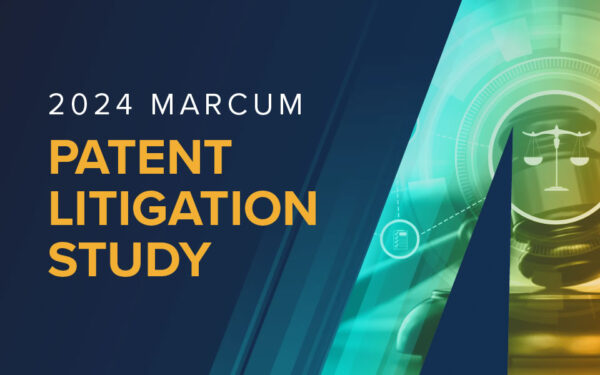Uncovering the Truth: Mastering the Art of Forensic Interviews
By Brendan Barrett, Senior, Advisory Services
During a forensic investigation, evidence may be gathered through several methods. This includes (i) reviewing physical and electronic documents, (ii) analyzing financial statements, tax records, and bank statements, and (iii) interviewing key witnesses or employees of a company. The forensic interview goes as far back as the 1930s when the so-called “Father of Forensic Accounting,” Frank Wilson, used interviewing, among other tactics, to bring down the notorious gangster Al Capone.
A forensic interview is performed to gain additional facts about the investigation, obtain a confession of guilt from a suspect, obtain incriminating information from a witness, or uncover areas that must be investigated further. While forensic accountants have been known for their ability to turn numbers into narratives, an effective interview can make or break a case when forensic accountants go beyond the numbers to uncover the truth.
Below are some effective techniques for a successful forensic interview:
Be prepared.
When planning an interview strategy, it is in the best interest of the investigative team to start with the individuals farthest from the suspected fraudulent activity and end with the primary suspect. This allows the interviewer to gather a broad base of information from the beginning, leading to stronger questions for the more involved witnesses or those less willing to participate. The interviewer will also prepare an outline of topics they’d like to address and a list of documents they plan to present to or request from the interviewee.
Don’t go at it alone.
Regardless of the status or significance of the interviewee, it is important to have at least one, but no more than two, other interviewers present. One interviewer will do most of the questioning, while the other will take notes and observe. During the interview, the interviewee may be providing fabricated information, avoiding questions, or giving indicators (verbal or non-verbal) that they are being deceptive. These are much less likely to get past two to three interviewers rather than one.
Build rapport and trust from the very beginning.
Interviews take time, and interviewees need to feel like they’re in a comfortable environment to provide useful information. The interviewer’s introductory questions will be crucial for setting up a casual conversation with the interviewee. Establishing some common ground should break down any existing walls, with the goal of encouraging cooperation.
Establish a baseline.
For the interviewer to determine if the interviewee may be deceptive, interviewers first ask baseline questions for which they know the interviewee is being truthful. These are general questions such as stating their name, job title, list of responsibilities, and even asking the interviewee why they think they are being questioned. As the questions focus more on certain topics, interviewers are cognizant of any deviations from the interviewee’s baseline behavior.
Analyze both verbal and non-verbal indicators.
Verbal indicators of an interviewee’s truthfulness include consistency, calmness, confidence, and cooperation. On the other hand, verbal indicators of an interviewee’s deceptiveness include impatience, defensiveness, repeating questions, hesitating before answering questions, and contradicting themselves.
Non-verbal indicators are as important, if not more important, than verbal indicators. Constant evaluation of the interviewee’s non-verbal behavior is another reason for having two to three interviewers rather than one. Non-verbal indicators of deceptiveness include avoiding eye contact, crossing arms, sweating, and constant touching of the hands and face when answering questions.
It is important to note that one or more of these indicators alone does not prove that the interviewee is lying or engaged in any inappropriate conduct. However, experienced interviewers consider these indicators of deception and may expand on those areas during questioning.
Let the interviewee do the talking.
It is common for there to be periods of silence during the interview. Interviewers are not afraid of these moments. Instead, the interviewee will often feel uneasy in periods of silence and begin to talk and add detailed information even after initially answering a question. These additional details can be compared with existing facts of the case and potentially catch the interviewee or another individual in a contradictory statement.
Be aware of employee rights.
During forensic investigations, employees have certain rights that vary based on the jurisdiction, company policies, and nature of the investigation. To preserve the investigation’s integrity, interviewers often consult with the company’s internal or external counsel to understand those rights and how counsel would like to engage with the investigation.
In summary, as financial crimes continue to evolve, the forensic interview will continue to play a vital role in uncovering irregularities or fraud, as well as upholding the integrity and transparency of existing accounting systems. Forensic interviews demonstrate to witnesses and potential future wrongdoers that financial offenses will not go unnoticed.
Sources
- Association of Certified Fraud Examiners. (2022). Fraud Examiners Manual: 2022 Edition.
- McGinsey, C. L., & Whelan, D. C. (2015). Forensic interviews: Plan to succeed. Journal of Accountancy.
- Vinluan, F. (2015). Tips for conducting a forensic interview. Journal of Accountancy.




















